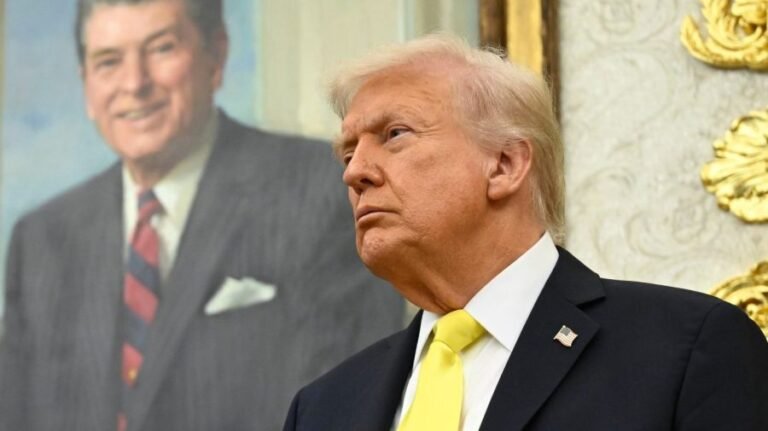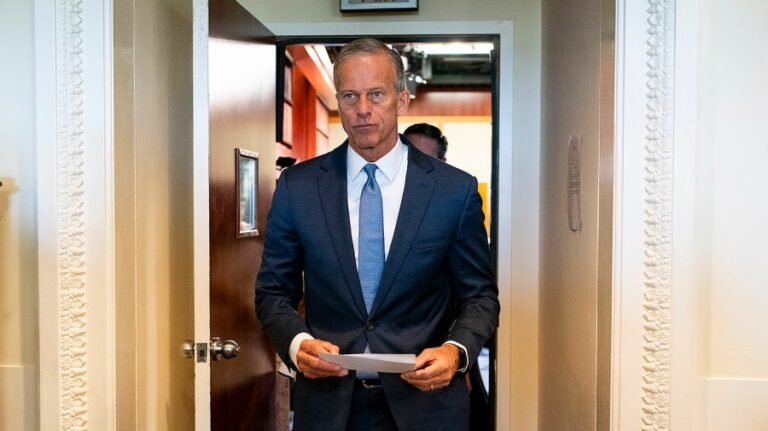
Russian President Vladimir Putin’s plan to reassemble the Soviet Union began with the reconquest of Georgia, Moldova and Ukraine — all non-NATO and non-European Union countries that he surmised he could re-take with minimal interference from the West.
The Russification of Eastern Europe and Black Sea countries has been taking place one territory at a time since September 1990. And the Russians were successful in Transnistria (Moldova), Abkhazia and South Ossetia (Georgia), Crimea, Donetsk, Luhansk, Zaporizhzhia and Kherson (Ukraine).
Under the guise of protecting Russian-speaking populations, the Kremlin creates conditions necessitating the deployment of Russian military forces to ‘stabilize’ domestic unrest. Referenda are then used as pathways for eventual annexation into the Russian Federation. Once achieved, citizens are displaced and replaced with Russians.
Lately, the plan seems to be coming apart at the seams. Disinformation campaigns, election interference, and hybrid warfare operations are losing effect. Moscow is losing in the ballot boxes — and on the street. When given a choice, people choose Europe via the EU and NATO versus ‘protection’ and subjugation under Russian rule.
Putin’s one-time Iron Curtain in the Black Sea region is beginning to show signs of rust. Georgians, Moldovans, Ukrainians, and Romanians are taking a stand, and there is not much the Kremlin can do militarily. It is now 43 months and 1.1 million casualties into its own forever-war in Ukraine, all the while challenging NATO’s Eastern front with drone, fighter jet, and helicopter airspace intrusions.
Last Saturday, Georgians stormed the presidential palace in the capital city of Tbilisi. Tens of thousands of people came during a municipal election boycotted by main opposition blocs amid sweeping crackdowns on dissenters. Security forces used water cannons and pepper spray to disperse demonstrators.
Organizers called upon Georgians to “take power back into the hands of the people,” noting that the current government has “jailed key opposition figures, attempted to shut down critical media and used mass arrest and steep fines against largely peaceful demonstrators.” One protester declared, “We fight for our rights, for independence,” and that she did not want to see a return to the Soviet era, when Georgia was ruled from Moscow.
The storming of the presidential palace stemmed from a contested election in October 2024, when the ruling Georgian Dream Party, led by Bidzina Ivanishili, a pro-Russian oligarch, was declared the winner.
Demonstrations erupted after Ivanishvili halted talks about Georgia joining the EU. Previously, in December 2023, the European Council had granted Tbilisi candidate status. Protesters asserted that the elections were fraudulent and called for a recount and new elections.
In November 2024, citing significant irregularities — documented cases of intimidation of voters, vote manipulation, interference with election observers and media and reported manipulation involving electronic voting machines — the European Parliament rejected the outcome of the parliamentary elections in Georgia and called for them to be re-run within a year.
That never happened. Ever since, Georgians have marched in the streets for over 200 nights of protests. Saturday’s brazen assault on the presidential palace may foreshadow change in the near future.
Putin cannot afford to lose political influence in Georgia or access to the new naval base under construction in Ochamchire, Abkhazia, which is set to host the Black Sea Fleet after Ukrainian attacks forced it to flee its Sevastopol Naval Base in Crimea.
Moldova — a country nested between Romania and Ukraine — has an estimated 1,500 Russian soldiers stationed in the “internationally unrecognized Kremlin-aligned Republic of Transnistria” to protect the Russian speaking population. An estimated 360,000 people live in Transnistria, of which, according to a 2015 census, 29.1 percent of inhabitants identified as Russian.
They share a similar story with Georgia, but with a different outcome. On March 1, 2022, Belarussian President Alexander Lukashenko, while addressing his security council, stood before a map that depicted what appeared to be a planned Russian invasion of Moldova through Transnistria, from the port city of Odessa as a future phase of the Ukraine conflict.
Moldova applied for EU membership on March 3, 2022. On June 23, 2022, the European Council granted candidate status. Then in May 2023, the speaker of the Moldovan parliament, Igor Grosu, announced that Moldova would withdraw from the Commonwealth of Independent States Interparliamentary Assembly. This was a necessary first step for Moldova to align its policies with the EU before joining the bloc.
Ukraine’s tenacity then deprived Putin of his Moldova bonus. The Kremlin’s response was to attempt to install a pro-Russian government in Moldova by means of disinformation and election interference in the presidential election of October 2024.
Moldovan President Maia Sandu was ready. Moldova overcame Russia’s election interference during the presidential election and this month’s parliamentary election. Both elections were extremely close, with Sandu winning over the pro-Russian candidate Alexandr Stoianoglo.
Her Party of Action and Solidarity maintained its majority by securing 50 percent of the vote over the pro-Russian opposition Patriotic Bloc. The 2024 election also had on the ballot a referendum on whether to include in the country’s constitution the goal of EU accession. It passed by the narrowest of margins.
On July 4, 2025, António Costa, President of the European Council, Ursula Von Der Leyen, President of the European Commission, and Sandu addressed the media in Chișinău at the inaugural EU-Moldova summit. Their statements signaled strong support for Moldova’s potential admission into the EU, marking a significant milestone in the nation’s democratic progress and its alignment with Europe.
But it would not stop at Moldova. The Kremlin then set its sights on the Romanian presidential election. And Romania, like its Moldovan neighbor, was prepared. In the end, on May 8, 2025, pro-European Nicusor Dan defeated his pro-Russian and nationalist rival George Simion, the leader of the far-right Alliance for the Union of Romanians.
But this was not without controversy. Allegations of electoral violations and Russian interference — which Moscow denied — resulted in the annulment of the November 2024 results. Pro-Russian Calin Georgescu secured the most votes but had them thrown out and was removed from the race.
Simion took his place and led the polls for weeks before a surge in the final days of the campaign pushed Dan past over the top, based mostly on a platform to “quash corruption and reaffirm Romania’s commitment to the EU and NATO.”
What Russia cannot win, it will try to take. Citizens in the Black Sea Region have seen this Soviet-era movie before. They reject further Russian subjugation and openly embrace inclusion into the EU.
That’s not exactly what Putin envisioned as the outcome of his so-called “special military operation.” Yet again, another Russian Iron Curtain rusts.
Col. (Ret.) Jonathan Sweet served 30 years as a military intelligence officer and led the U.S. European Command Intelligence Engagement Division from 2012 to 2014. Mark Toth writes on national security and foreign policy.






